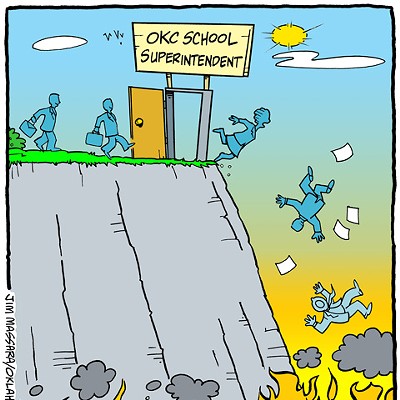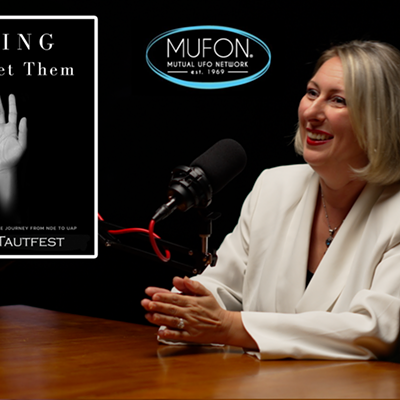"Five die as tornadoes hit Oklahoma," Derrick Henry reported on The New York Times website.
"Four dead in Oklahoma tornado outbreak," according to Little Rock's KATV-Channel 7 broadcast.
"The Oklahoman was reporting Tuesday afternoon that the death toll had been upped from five to seven," according to an Associated Press story.
"Seven lives have been lost," Indian Country Today reported.
"Violent Oklahoma storms kill two," according to another May 11 New York Times article, reported by Oklahoma correspondents Ben Fenwick and Hailey Branson (both Oklahoma Gazette contributors).
So, News Junkie, for $1 million, how many people did the Oklahoma tornadoes actually kill on May 10?
If you answered two, you're correct.
It's unfortunate, but " on occasion " trying to decide which news account to believe is like playing the lottery. And the media wonders why readers and viewers question its credibility.
"Accuracy, accuracy, accuracy," Joseph Pulitzer's newsroom directive, is drilled into reporters in Journalism 101.
So why are disaster death counts and other "facts" sometimes inaccurate? Because someone tells the reporter something that isn't true, by mistake or manipulation. Or because an authoritative source believes something is true and relays it to the press, but the information turns out to be false. Or because breaking news changes so fast that by the time a reader sees the story, it's outdated and wrong.
Sometimes, news organizations simply make mistakes. They hate to admit it, but they do. They fail to verify information or they rush to publish or broadcast in an effort to beat the competition or they simply get careless.
Good reporters attribute information. Even authoritative attribution can be a problem, however, as was the case with the tornado stories. The AP initially reported that Oklahoma City officials had said "two people were killed in Oklahoma City, including a young boy hit by debris in his home "¦" That wasn't true. A young boy was not dead.
The AP and other media reported that Jerry Lojka, a spokesman for the Oklahoma Department of Emergency Management, initially said five people were dead. Spokeswoman Michelann Ooten later adjusted the death toll to two after learning three children in Cleveland County had survived.
If an AP story includes inaccuracies, distant members spread the misinformation. And since the Internet allows users to view local coverage, one mistake " regardless of who makes it " can snowball into a communication nightmare.
Wikipedia, the free Internet encyclopedia penned by its readers, stated the tornadoes killed a 41-year-old man in Oklahoma City and a 27-year-old woman near Norman. News media reported the man's age as 55 and the woman's as 29. Which ages are correct?
I found it puzzling, too, that The New York Times website on May 14 corrected the type of weather alert issued by the Storm Prediction Center in Norman at the bottom of the Henry article, but did not correct the death count, which was clear by that date.
The original fatality toll mistakes weren't reporters' fault. They relied on appropriate and authoritative sources who turned out to be wrong.
Still, the misinformation affects the media's credibility.
Willis, a former Muskogee Phoenix managing editor, teaches public affairs reporting at Oklahoma State University.












